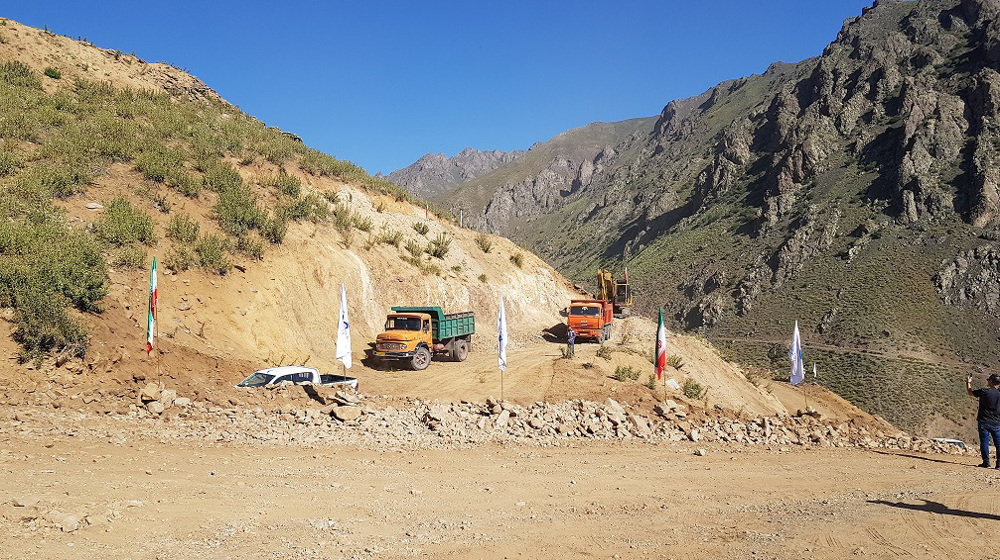aryobarzan
SENIOR MEMBER

- Joined
- Feb 17, 2019
- Messages
- 4,580
- Reaction score
- 1
- Country
- Location
Iranian Quantum Research (summary)
2018: Iran conducts first lab based secure quantum communication (2 meter)
2019: Iran announces the opening of first large laboratory dedicated to quantum physics and 300 meter secure transmission
2021: Iran announces that researchers at the Atomic Energy Organization of Iran (AEOI) have successfully tested an indigenous version of the quantum key distribution (QKD) technology on a relatively long distance of 1,650 meters.
2023: Not yet announced ..Plans were for fourth phase of QKD test on a 7-kilometer distance between the Milad Tower and Azadi Tower in Tehran in the near future.
Note: Even more future plans: Iran could use the QKD for secure communication between the organization’s AEOI headquarters in Tehran and a major nuclear site in Fordow in central Iran.


2018: Iran conducts first lab based secure quantum communication (2 meter)
2019: Iran announces the opening of first large laboratory dedicated to quantum physics and 300 meter secure transmission
2021: Iran announces that researchers at the Atomic Energy Organization of Iran (AEOI) have successfully tested an indigenous version of the quantum key distribution (QKD) technology on a relatively long distance of 1,650 meters.
2023: Not yet announced ..Plans were for fourth phase of QKD test on a 7-kilometer distance between the Milad Tower and Azadi Tower in Tehran in the near future.
Note: Even more future plans: Iran could use the QKD for secure communication between the organization’s AEOI headquarters in Tehran and a major nuclear site in Fordow in central Iran.
Last edited:







